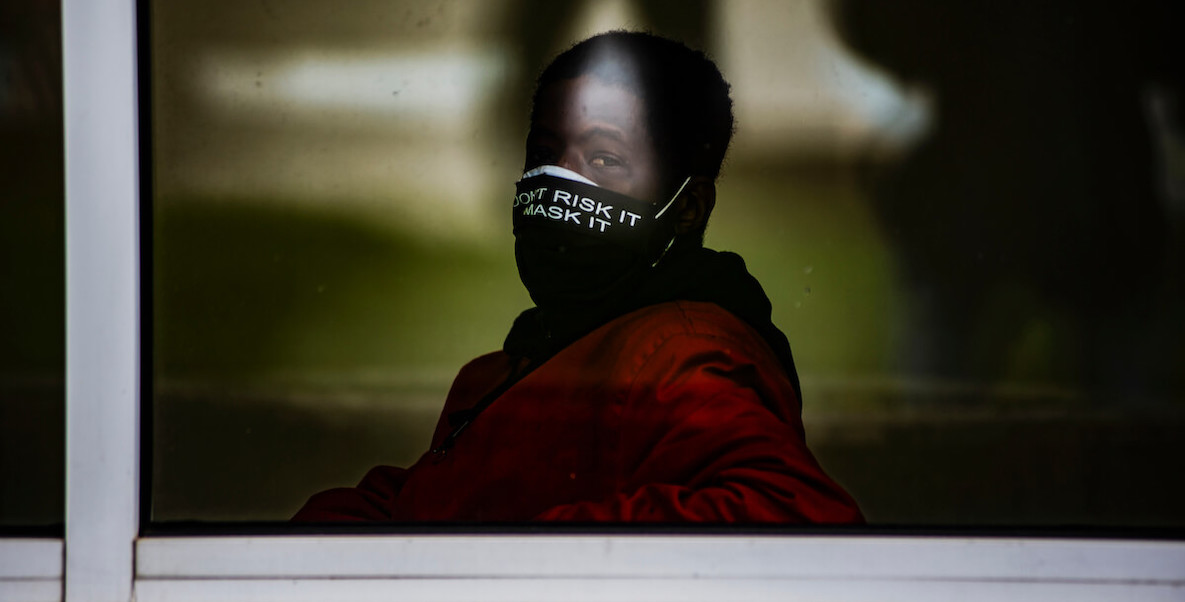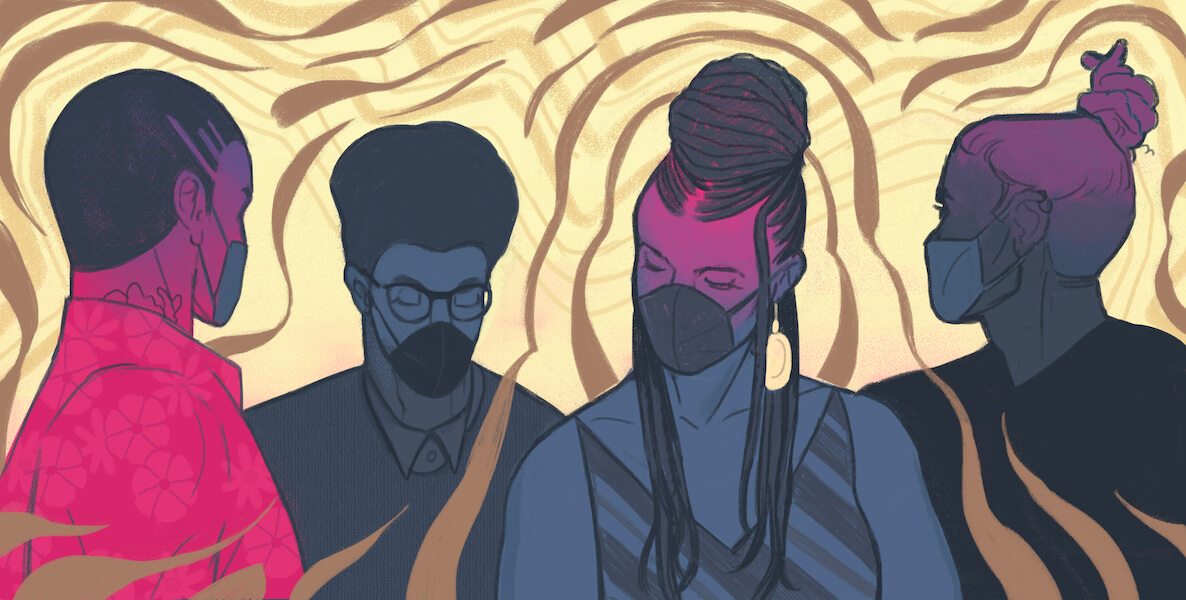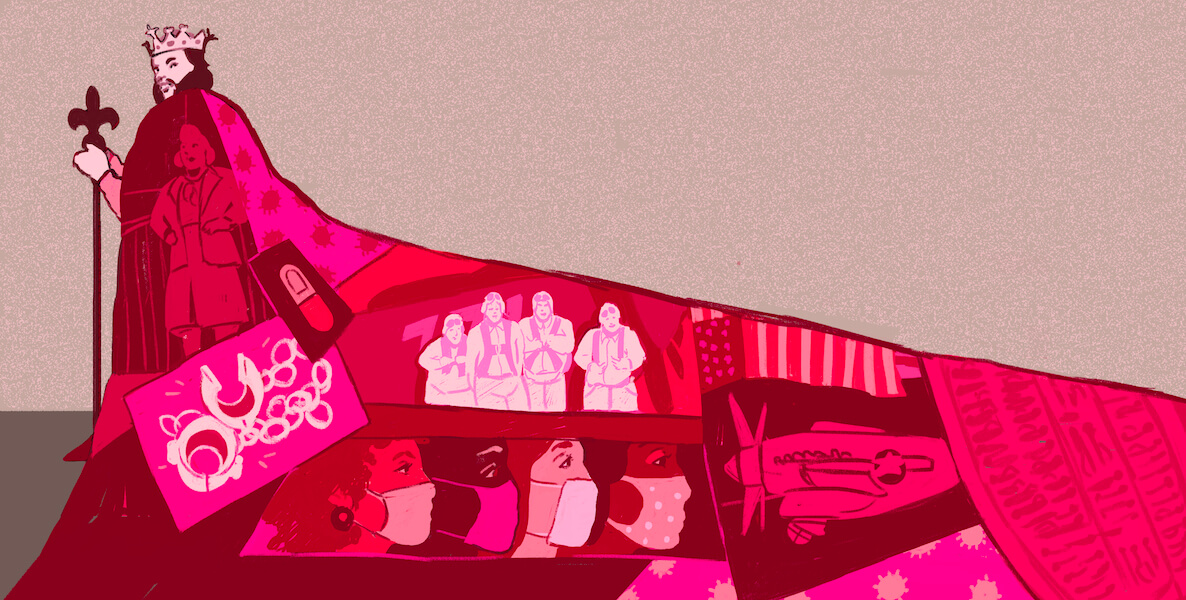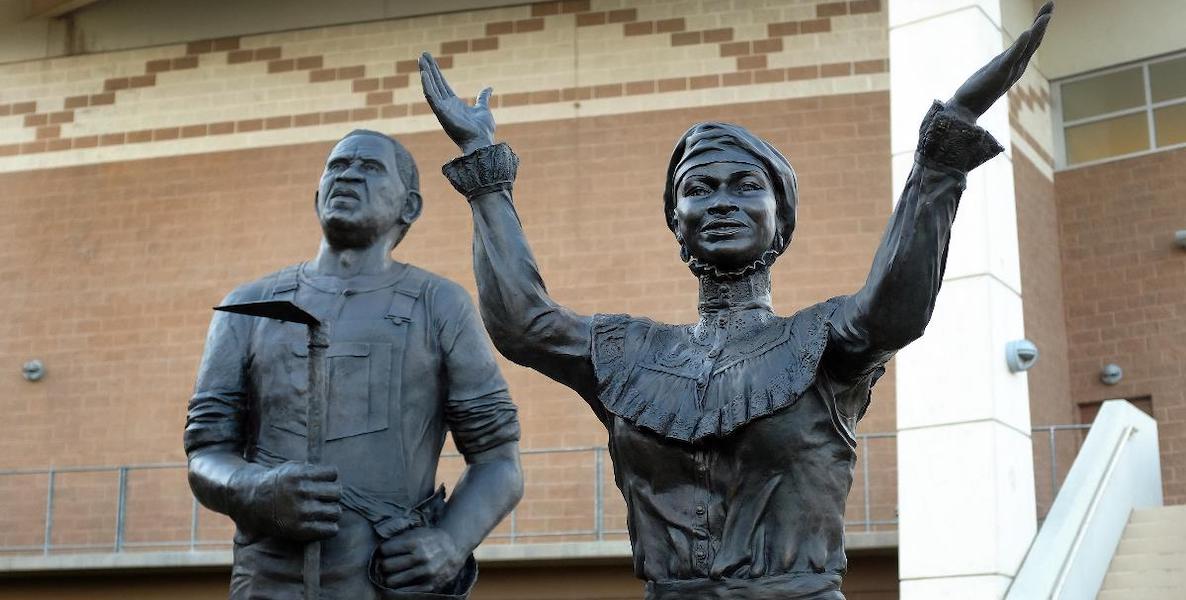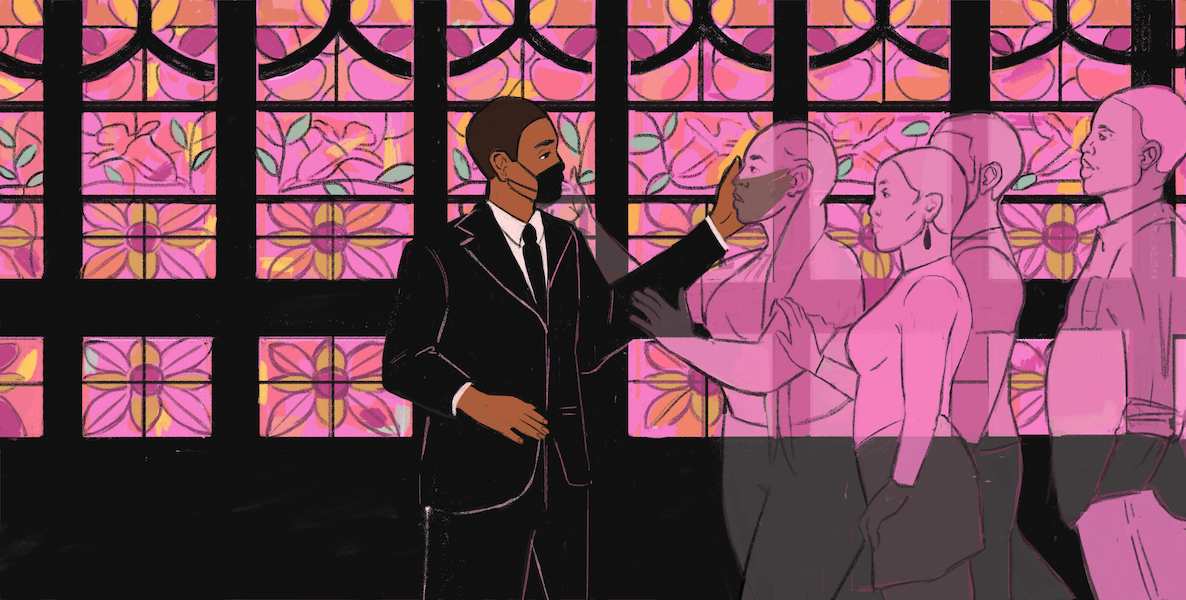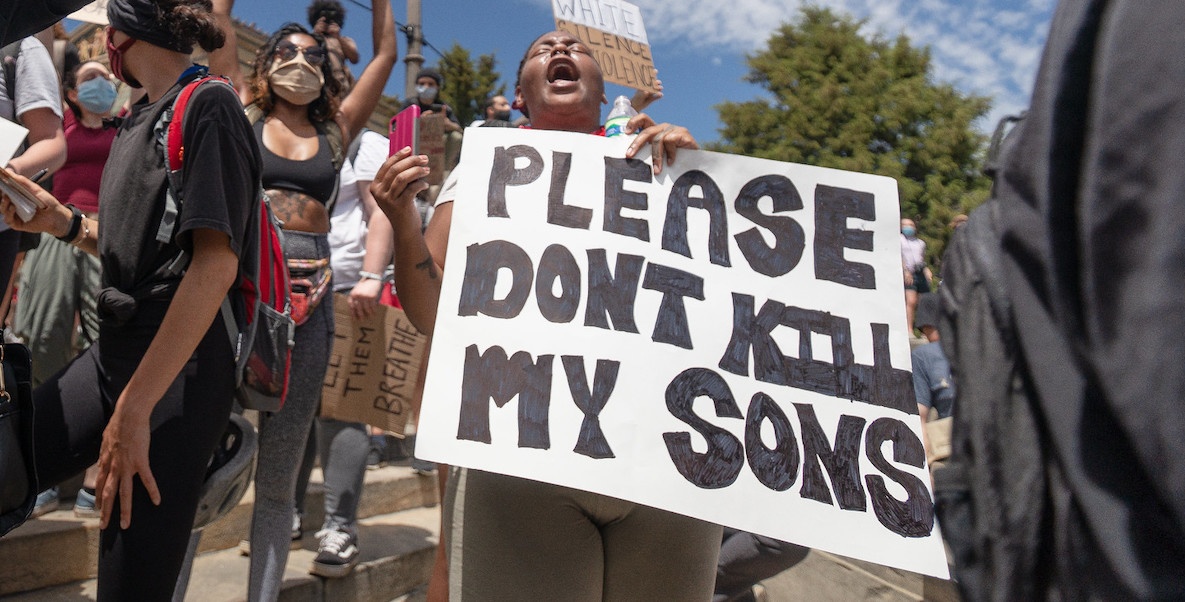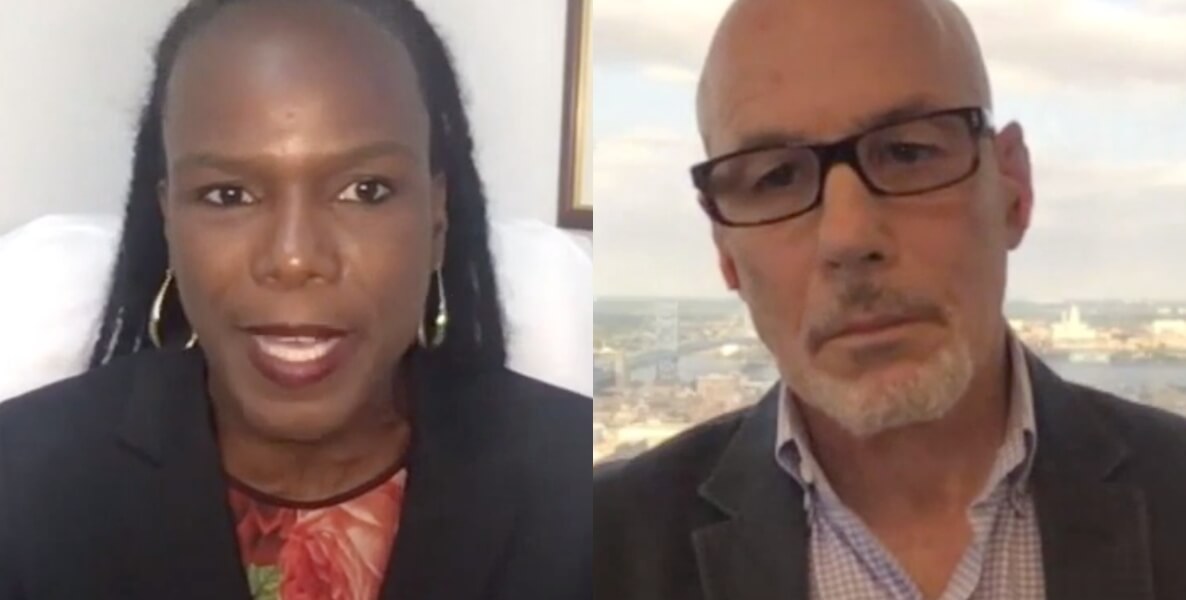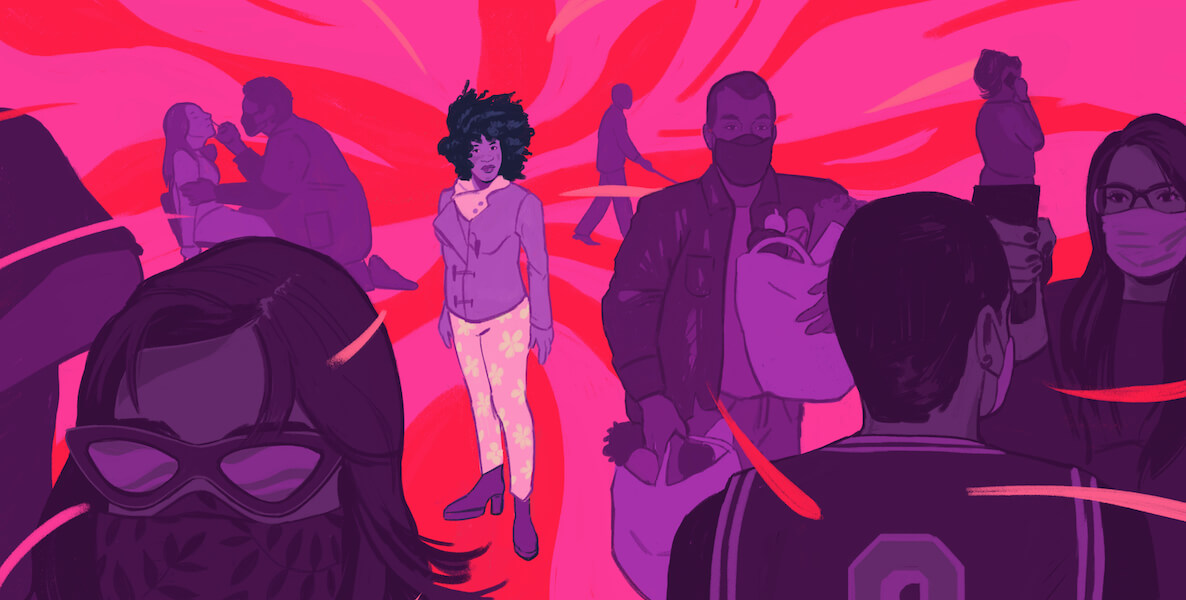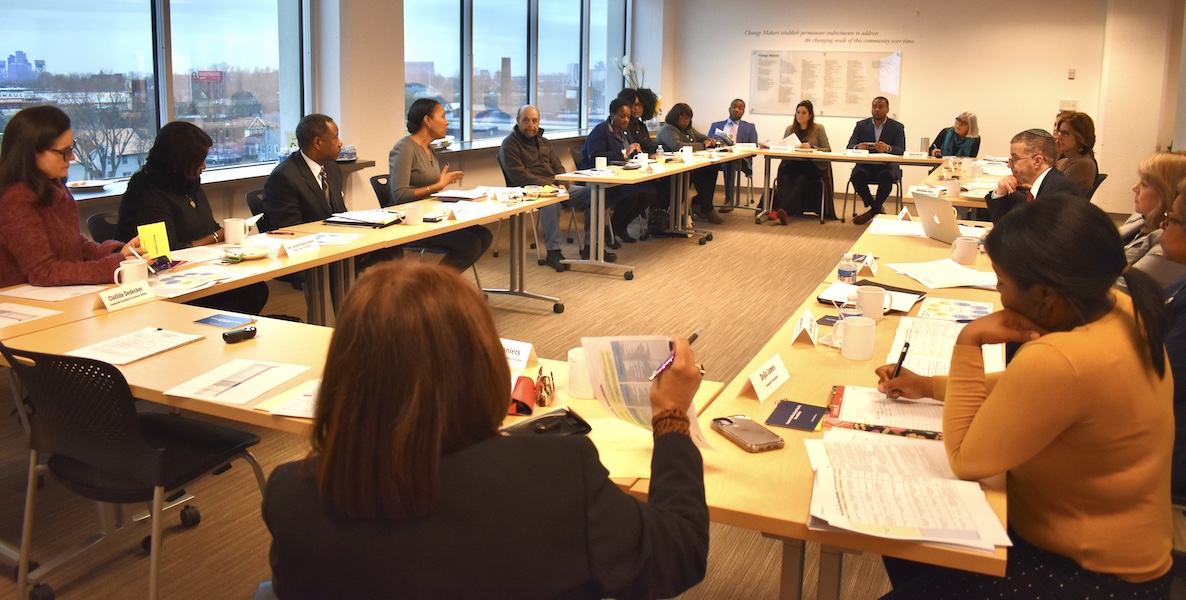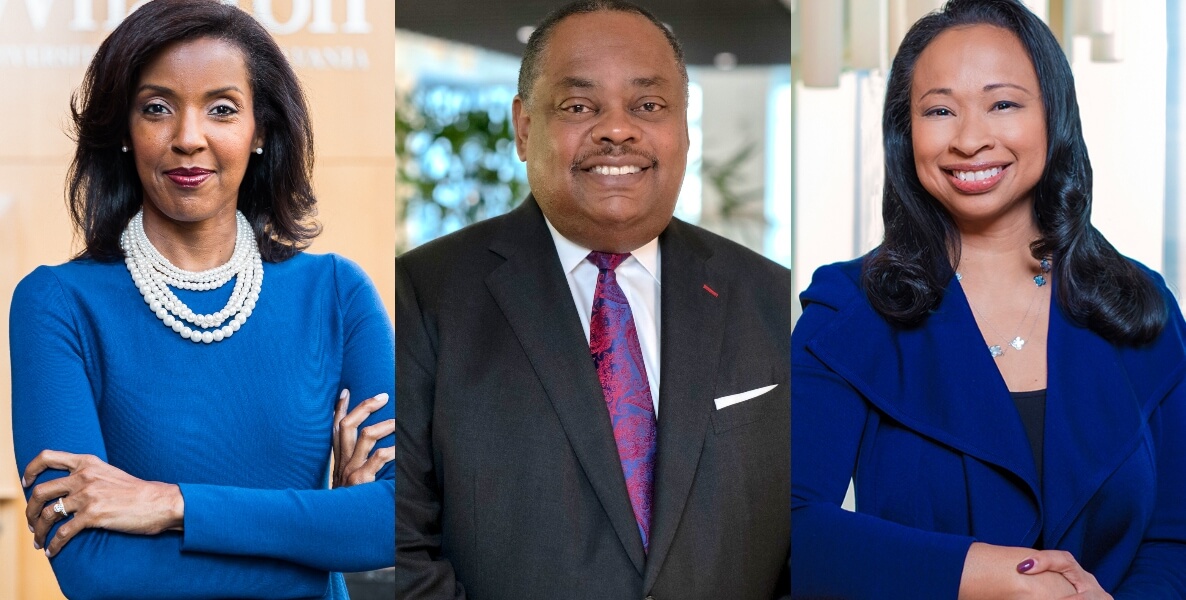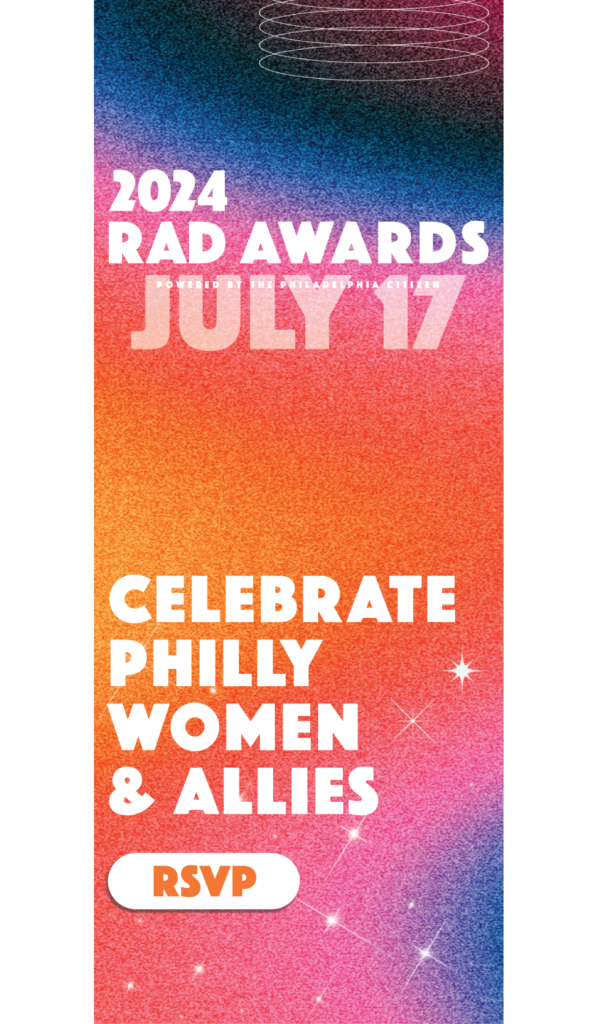![]() With over 220,000 mortalities and counting, the only two certainties in the era of the coronavirus are death and our nation’s delayed response to the onslaught of the pandemic.
With over 220,000 mortalities and counting, the only two certainties in the era of the coronavirus are death and our nation’s delayed response to the onslaught of the pandemic.
As the impact of the virus struggles to sustain our interest through the malaise of a presidential election cycle, our collective response time to the ceaseless parade of bad political news suffers from communal exhaustion.
Hidden in the mix of this malaise are some of the innovative efforts to address the racial disparities—so oft referenced in this column—and placed permanently on display in the disparate death rates of Covid-19.
In select cities across the nation (Chicago, Oakland, Boulder, Colo. and others), Racial Equity Rapid Response (RERR) teams have been organized at the municipal level in order to troubleshoot and redress the racial disparities that have exacerbated the outcomes of the coronavirus, especially for Black and Latinx communities.
It sounds slightly oxymoronic that in the 21st century, after four centuries of sluggish, if not non-existent, responses to institutional racism in America, city leaders have decided to dedicate municipal resources to racial equity. But they have; and in some of these cities, on some of these teams, responding to racial inequities is not a drill.
Philadelphia’s version of RERRs
This month, the Kenney administration instituted the initial phase of its citywide Racial Equity Strategy. It is comprehensive and, if fully realized, it will represent the kind of structural change that is required if the city of Philadelphia will ever be equitable in terms of race.
Kenney’s executive order 1-20 requires all municipal departments to develop “Racial Equity Plans,” be open to various assessments of racial equity in their units and departments, and to develop annual workforce diversity, equity and inclusion plans.
The only two certainties in the era of the coronavirus are death and our nation’s delayed response to the onslaught of the pandemic.
The goal, according to the strategy, is to “ensure that equity considerations become institutionally engrained and institutional barriers to success are dismantled.” If all of this sounds like too much planning and not enough action, note that in order for racial equity to be realized, these kinds of strategic plans are necessary. And as with any municipal/policy plan, the proof will be in the results which will be easy to determine based upon the benchmarks outlined in Mayor Kenney’s executive order.
![]() But, unlike in Chicago, Boulder, and a handful of other cities, Mayor Kenney’s strategy is not, by definition, a “rapid response” to the disparities exposed by Covid-19.
But, unlike in Chicago, Boulder, and a handful of other cities, Mayor Kenney’s strategy is not, by definition, a “rapid response” to the disparities exposed by Covid-19.
The cities that have deployed rapid response teams realize that, in general, government is not built for speed. Even in emergency situations, government is sluggish—bureaucratic and too often ineffective. But the pandemic revealed an uglier and maybe deliberately inept federal response. Some in the Black community came to believe that the federal response was deliberately inept because the government quickly became aware of the disparate death rates from Covid-19 and deemed those more likely to die to be more or less expendable.
Sorry old folks, Black folks and anybody with a “pre-existing” condition; the executive branch of the U.S. government did not find your lives worthy of a national plan to mitigate the spread of the coronavirus.
In the pandemic moment, an old political cliché has proven to be priceless. All of the politics that matter are local. When the first wave of the virus crested, it was governors who emerged as the political heroes of the moment—first Governor Gavin Newsom and then Governor Cuomo. Both executives did more for their states than the president was willing to do for our nation. Neither governor was perfect, but the response proved the possibilities for leadership in the pandemic moment and revealed for all the ineptitude in the federal executive office.
Boulder and its community-connector model
Mayors are municipal executives and their work has been critical to the ways that cities have (or have not) managed to mitigate the spread of the coronavirus.
Even before Covid-19, there were precursors of what this virus has wrought. Storms and floods, for example, have revealed disparate impact along racial lines in many of our communities.
“We saw in some flooding in 2013 that there really was a lack of equity involved in the response and recovery, that there was not great community engagement in that response and recovery,” says Ryan Hanschen, an engagement specialist with the city of Boulder. “ So, we had it in the back of our heads that this would be a good idea, and along comes Covid-19.”
In the pandemic moment, an old political cliché has proven to be priceless. All of the politics that matter are local.
Hanschen and other leaders in Boulder realized that what is fair is not always the same as what is equal, especially in any given moment. Equality might dictate that everyone gets a mask during a pandemic. Equity would ensure that everyone has (free) healthcare. Equity requires a more in-depth engagement with community. You have to know what people need in order to make their lives equitable.
Boulder’s equity response team used a community-connector model in order to launch one of their early programs to address the inequities of the pandemic.
![]() The community connector model deploys members of a municipal community to connect with their neighbors who may not be responsive to local government. It’s a model that features equitable outreach in order to produce equitable outcomes. Boulder’s connectors are paid for their work and they are armed with vital information that can help citizens afford rent and secure food assistance.
The community connector model deploys members of a municipal community to connect with their neighbors who may not be responsive to local government. It’s a model that features equitable outreach in order to produce equitable outcomes. Boulder’s connectors are paid for their work and they are armed with vital information that can help citizens afford rent and secure food assistance.
“We’ve seen remarkable connectors who are able to serve as liaisons and work closely with our Latino communities, with Nepali communities, with some senior communities, different low-income communities, making sure that they were able to share that information,” says Hanschen.
The two-way flow of communication worked out well for the city of Boulder. The rapid response equity team identified families in their community who could not afford to purchase masks for themselves. They also identified unemployed women of color who could make masks if they had the appropriate materials.
“So, the city sat down with a local organization and said, ‘let’s make sure that we can set aside some funding to pay out-of-work Latino women to make the masks in the first place,’” says Hanschen. “And the city was able to commit to the fabric, the time that it took, and the distribution throughout the community.”
A couple of thousand masks later, Boulder’s community was a little bit healthier and the promise of equity was made more real for those who can be socially invisible in the eyes of their local government.
More importantly, in using the rapid-response racial equity approach, the Boulder government was challenged to think critically and holistically about how the recovery effort in a pandemic is distinct from traditional environmental recovery efforts, which also lag with racial inequities.
“We recognized as we made the shift to recovery that we didn’t want this focus on racial equity to go by the wayside,” says Hanschen. “This needs to be front and center.”
How Chicago has stepped up
Chicago, a city much larger than Boulder and much closer in size and geography to our own beloved city, has its own version of the Racial Equity Rapid Response initiative. It’s led by Candace Moore, Chicago’s chief diversity officer and the co-lead for Chicago’s Racial Equity Rapid Response initiative.
According to Moore, the data drove the formulation of Chicago’s Racial Equity Rapid Response team. Chicago’s Department of Public Health tracked the coronavirus data by race. “They sounded the alarm and brought it to the mayor’s office’s attention,” she says.
Mayor Lori Lightfoot’s administration strategized and quickly formed a team to focus directly on racial disparities and to “do more community connectivity work” in order to scale the city’s response to the coronavirus’ disparate impact, particularly in the African-American community of Chicago.
If we ever actually arrive at a post-pandemic moment, many critical questions will have to be answered. One will be: “What have we learned?”
The data points that drove the formulation of the team in Chicago were the case infection and mortality rates in the African-American community. By focusing on the communities with the highest mortality rates—Austin, Auburn-Gresham, and South Shore—the RERR team was designed to impact the neighborhoods most afflicted by the virus.
“The key was that we had to assess what infrastructures we had and in what places we had them. We’re fortunate here in Chicago that we have a long history of community organizing,” Attorney Moore tells me.
![]() The infrastructure that Moore speaks of resides in the people and organizations already present and active in the hardest hit communities. Activists and organizers have the greatest capacity to rapidly respond to racial inequity in general, and certainly in this pandemic moment.
The infrastructure that Moore speaks of resides in the people and organizations already present and active in the hardest hit communities. Activists and organizers have the greatest capacity to rapidly respond to racial inequity in general, and certainly in this pandemic moment.
Moore explains that her team deployed an all-means approach, partnering with organizations with credibility in the community: Austin Coming Together, South Shore Works, Latinos Progresando and WestSide United, among others.
Chicago’s RERR team communicates in a variety of ways, handing out flyers, organizing virtual calls and town halls, leveraging holidays (Mother’s Day and Father’s Day) to promote care for seniors in targeted communities.
“Our short-term goal was to flatten the curve, the mortality curve for our Black and brown communities from Covid-19, and to build an infrastructure for continued work together,” says Ms. Moore. “So, recognizing that we’re just part of the puzzle, we have seen that mortality curve, in particular, flatten across the board, but certainly for African Americans.”
One of the promising outcomes for Chicago’s RERR team is that its impact has impressed others inside the government. Many municipal colleagues have asked to meet with the RERR team in order to solve persistent problems unrelated to the coronavirus. For Moore, the work of the RERR team is a striking example of what can happen when community organization and government work together to serve the people.
If we ever actually arrive at a post-pandemic moment, many critical questions will have to be answered. One will be: “What have we learned?”
The handful of cities that have deliberately designed multi-faceted teams to address the racial inequities that have existed since the nation’s inception are ahead of the learning curve. Racial equity has long been the key to undoing the historic failures of the United States to live up to its Constitutional promises.
It might be that one bright spot in an otherwise dreary (and dreadful) federal response to the pandemic, is the emergence of RERR teams—municipal government in partnership with community organizations working together to solve some of our greatest challenges when it comes to inequality.
Imagine the possibilities.
Illustration by Noa Denmon


